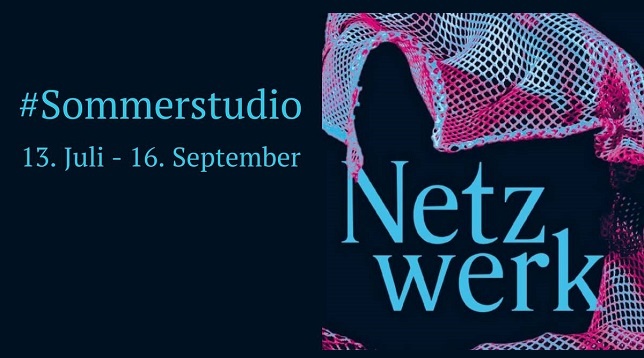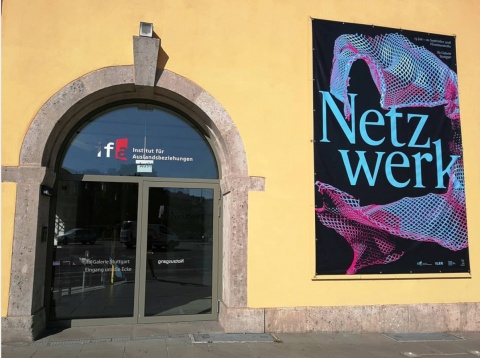HISTORY
Thea Mihu holds a degree in Architecture and Urbanism from the University of Stuttgart, specializing on temporary architecture interventions within the industrial heritage. She received an extensive academic training in both Romania and Germany, as well as in workshops across Europe.
SPECIFIC
As part of her academic career, she received recognition in international competitions, photographic contests and exhibitions, all while engaging in different volunteer programmers within socially challenged communities.
ROMANIAN DESIGN WEEK APPEARANCES
2019 // Wired Urban Synthetics - a web of inner-city metamorphoses
A practical examination of a multitude of (textile) materials resulting in an artistic fabric sculpture exhibited in the IfA-Gallery in Stuttgart, Germany, which took place between July 2018 - September 2018. The project focused on textile manipulation techniques, in order to develop lightweight structures engaging in a variety of different functions: from 3 dimensional diagrams - which explore a new methodology of using textile fabrics - to design objects.
The goal was to create experimental textiles - possibly adaptive spatial structures (from micro to macro) that offer an aesthetic, haptic, functional and emotional added value. The submitted graphics and photographs are the visual translation of the experiments mentioned above. They were part of the documentation the gallery required, in order to prepare the future exhibition. The submitted project was the face of the exhibition - it was published both as a book, as well as commercial posters and illustrations in Stuttgart and beyond.
Thea Mihu holds a degree in Architecture and Urbanism from the University of Stuttgart, specializing on temporary architecture interventions within the industrial heritage. She received an extensive academic training in both Romania and Germany, as well as in workshops across Europe.
SPECIFIC
As part of her academic career, she received recognition in international competitions, photographic contests and exhibitions, all while engaging in different volunteer programmers within socially challenged communities.
ROMANIAN DESIGN WEEK APPEARANCES
2019 // Wired Urban Synthetics - a web of inner-city metamorphoses
A practical examination of a multitude of (textile) materials resulting in an artistic fabric sculpture exhibited in the IfA-Gallery in Stuttgart, Germany, which took place between July 2018 - September 2018. The project focused on textile manipulation techniques, in order to develop lightweight structures engaging in a variety of different functions: from 3 dimensional diagrams - which explore a new methodology of using textile fabrics - to design objects.
The goal was to create experimental textiles - possibly adaptive spatial structures (from micro to macro) that offer an aesthetic, haptic, functional and emotional added value. The submitted graphics and photographs are the visual translation of the experiments mentioned above. They were part of the documentation the gallery required, in order to prepare the future exhibition. The submitted project was the face of the exhibition - it was published both as a book, as well as commercial posters and illustrations in Stuttgart and beyond.




















